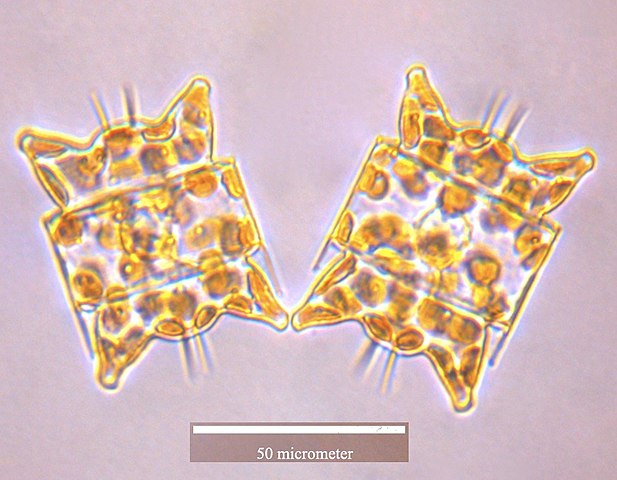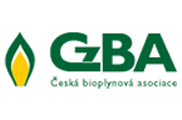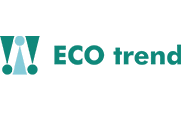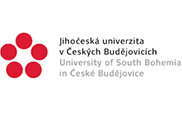3D laser printing with bioinks from microalgae
Date: 12.8.2024
Microalgae such as the diatom Odontella aurita and the green alga Tetraselmis striata are especially suitable as "biofactories" for the production of sustainable materials for 3D laser printing due to their high content in lipids and photoactive pigments.
 An international research team led by Prof. Dr. Eva Blasco, a scientist at the Institute for Molecular Systems Engineering and Advanced Materials (IMSEAM) of Heidelberg University, has succeeded for the first time in manufacturing inks for printing complex biocompatible 3D microstructures from the raw materials extracted from the microalgae.
An international research team led by Prof. Dr. Eva Blasco, a scientist at the Institute for Molecular Systems Engineering and Advanced Materials (IMSEAM) of Heidelberg University, has succeeded for the first time in manufacturing inks for printing complex biocompatible 3D microstructures from the raw materials extracted from the microalgae.
The microalgae-based materials could be used in future as the basis for implants or scaffolds for 3D cell cultures.
Using the new ink system, the researchers were able to produce different 3D microstructures with high precision, exhibiting complex features such as overhanging roofs and cavities. Using cell culture experiments, the researchers also investigated the biocompatibility of the microalgae-based inks. They prepared 3D microscaffolds on which the cells were cultured for about 24 hours. They observed a survival rate of almost 100%.
"Our results open up new possibilities not only for more sustainable 3D printing with light, but also for life science applications – from 3D cell cultures to biocompatible implants," says Prof. Blasco.
Image source: Richard A. Ingebrigtsen, Department of Arctic and Marine Biology, University of Troms?, CC BY-SA 4.0.























